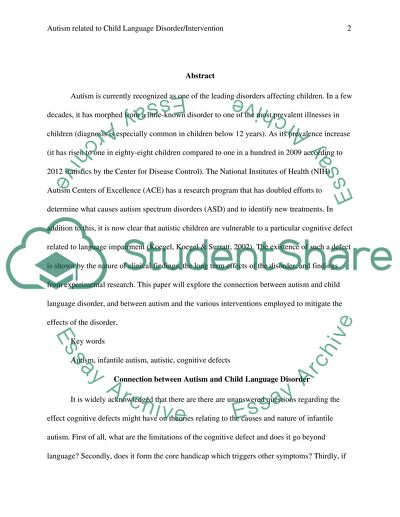Cite this document
(Autism Related to Child Language Disorder/Intervention Term Paper, n.d.)
Autism Related to Child Language Disorder/Intervention Term Paper. Retrieved from https://studentshare.org/health-sciences-medicine/1619914-autism-related-to-child-language-disorderintervention
Autism Related to Child Language Disorder/Intervention Term Paper. Retrieved from https://studentshare.org/health-sciences-medicine/1619914-autism-related-to-child-language-disorderintervention
(Autism Related to Child Language Disorder/Intervention Term Paper)
Autism Related to Child Language Disorder/Intervention Term Paper. https://studentshare.org/health-sciences-medicine/1619914-autism-related-to-child-language-disorderintervention.
Autism Related to Child Language Disorder/Intervention Term Paper. https://studentshare.org/health-sciences-medicine/1619914-autism-related-to-child-language-disorderintervention.
“Autism Related to Child Language Disorder/Intervention Term Paper”, n.d. https://studentshare.org/health-sciences-medicine/1619914-autism-related-to-child-language-disorderintervention.


